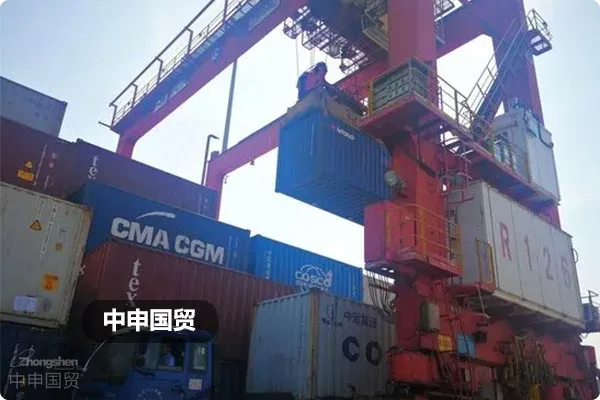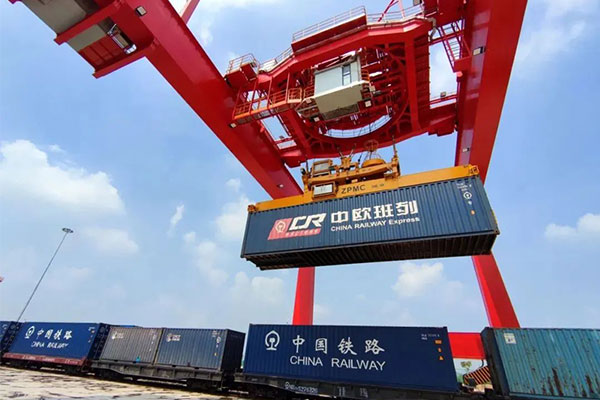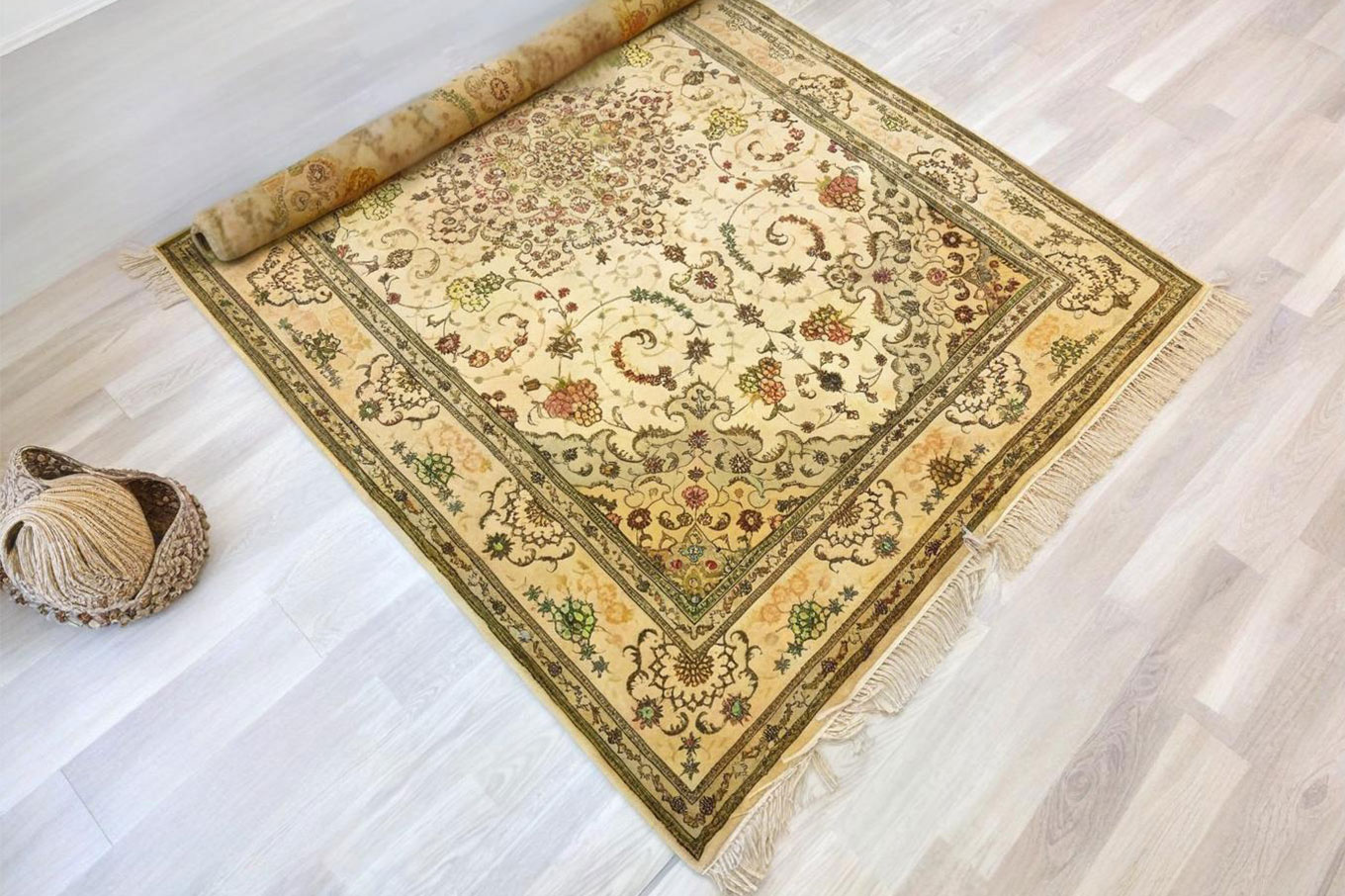- Shanghai Zhongshen International Trade Co., Ltd. - Two decades of trade agency expertise.
- Service Hotline: 139 1787 2118

With the continuous development of global trade, the Russian lighting market also occupies a certain share in international trade. Understanding the Russian lighting export standards is of great importance to lighting manufacturers and exporters.
I. Safety Standards
Electrical safety
- In Russia, lighting fixtures must comply with strict electrical safety requirements. The insulation performance of lighting fixtures is one of the key factors. For example, the insulation layer of lighting fixture wires must withstand normal use and possible abnormal voltage situations to prevent leakage. For different types of lighting fixtures such as chandeliers, wall lamps, and table lamps, there are corresponding minimum standards for insulation resistance.
- Grounding requirements are also very strict. For Class I lighting fixtures (with grounding measures), the grounding must be reliable. Grounding wire connections must be secure, and grounding resistance must be within specified values to ensure safe current conduction to the ground during electrical faults, protecting user safety.
- The shell material of lamps needs to have certain fire - resistant properties. Since lamps may generate heat during use, if the shell material is flammable, it is likely to cause a fire. Russia stipulates that the combustion grade of the lamp shell material must meet the corresponding standards. For example, under a specific fire source test, the burning speed of the shell material cannot be too fast, and it cannot produce excessive toxic smoke.
- The housing materials of lighting fixtures need to have certain fire resistance. Since lighting fixtures may generate heat during use, flammable housing materials can easily cause fires. Russia requires that the combustion grade of housing materials must meet corresponding standards, such as not burning too quickly or producing excessive toxic smoke during specific fire tests.
- The internal electronic components and wiring layout of lighting fixtures also need to consider fire prevention. Wiring should be reasonable to avoid overheating of electronic components causing nearby materials to catch fire, and the electronic components themselves need to have certain heat resistance and fire resistance.
Lamps generate electromagnetic radiation during operation and also need to be able to resist external electromagnetic interference. In the Russian market, lamps must comply with electromagnetic compatibility (EMC) standards.
- Regarding electromagnetic radiation, the intensity of the electromagnetic signals emitted by lamps must be within the specified limits. This is to prevent the electromagnetic radiation of lamps from interfering with surrounding electronic devices such as radios, televisions, and mobile phones. For example, the radio - frequency radiation power of lamps within a specific frequency range cannot exceed a certain value to ensure that it does not affect the normal operation of other devices.
- For electromagnetic radiation, the intensity of electromagnetic signals emitted by lighting fixtures must be within specified limits. This is to prevent electromagnetic radiation from lighting fixtures from interfering with surrounding electronic devices such as radios, televisions, and mobile phones. For example, the radio frequency radiation power of lighting fixtures must not exceed certain values in specific frequency ranges to ensure they do not affect other devices.
- Regarding electromagnetic interference resistance, lighting fixtures need to function normally under certain levels of external electromagnetic interference. Russian standards specify the electromagnetic interference field strength that lighting fixtures should withstand, such as electric and magnetic field strength interference at specific frequencies. The functionality of lighting fixtures should not be affected, such as flickering, extinguishing, or abnormal brightness changes.
With the increasing emphasis on energy conservation and environmental protection, Russia has also put forward requirements for the energy efficiency of lamps.
- For different types of lamps, such as traditional incandescent lamps, fluorescent lamps, and new - type LED lamps, there are corresponding energy - efficiency grade classifications. The energy - efficiency grade of a lamp is usually determined according to the ratio of its luminous flux to power consumption. For example, LED lamps need to achieve a certain luminous efficiency to meet Russias energy - efficiency standards, which helps encourage lamp manufacturers to produce more energy - efficient products and reduce energy consumption.
- Different types of lighting fixtures such as traditional incandescent lamps, fluorescent lamps, and new LED lamps have corresponding energy efficiency classifications. The energy efficiency grade of lighting fixtures is usually determined by the ratio of luminous flux to power consumption. For example, LED lamps need to achieve certain luminous efficiency to meet Russian energy efficiency standards, encouraging manufacturers to produce more energy-efficient products and reduce energy consumption.
- Energy efficiency labeling is also an important aspect of the Russian lighting market. Lighting fixtures must display their energy efficiency grade so consumers can easily understand their energy-saving performance. This also encourages manufacturers to continuously improve product energy efficiency to gain competitive advantages in the market.
The labeling of lamps must be clear, accurate, and complete.
- The labeling content should include basic information such as the model, rated voltage, rated power, light source type, and energy - efficiency grade of the lamp. For example, for an LED chandelier, the label should clearly state LED chandelier, rated voltage 220V, rated power 10W, energy - efficiency grade A, etc.
- Labeling content should include basic information such as the lighting fixture model, rated voltage, rated power, light source type, and energy efficiency grade. For example, an LED chandelier label should clearly state LED chandelier, rated voltage 220V, rated power 10W, energy efficiency grade A.,
- Labels should also include information such as the manufacturers name and address, which helps trace product issues and allows consumers to understand the products origin. Additionally, special lighting fixtures with unique functions or for specific environments need to include corresponding usage instructions and warning information.
With the continuous development of global trade, the Russian lamp market also occupies a certain share in international trade. Understanding the Russian lamp export standards is of great importance to lamp manufacturers and exporters. I. Safety Standards 1. Electrical Safety - In Russia, lamps must meet strict electrical safety requirements. The insulation performance of lamps is one of the key factors. For example, the wire insulation layer of lamps must be able to withstand normal use and possible abnormal voltage conditions to prevent electric leakage. For different types of lamps, such as chandeliers, wall lamps, and table lamps, there are corresponding minimum standards for insulation resistance.
Related Recommendations
? 2025. All Rights Reserved. Shanghai ICP No. 2023007705-2  PSB Record: Shanghai No.31011502009912
PSB Record: Shanghai No.31011502009912










